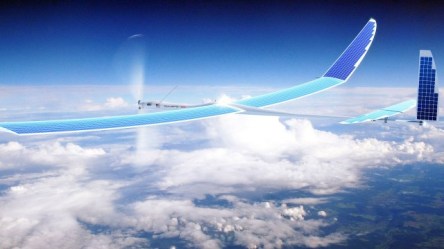Google’s playfulness in domains ruled by curiosity and ambition is never-ending. The giant seems to be working on a new and very secretive project dubbed SkyBender, as reported by The Guardian. This is a new Internet-in-the-sky program designed to bring the next-generation 5G network. Unlike Project Loon, but part of the Google Access team that includes the balloon project, SkyBender wants to use outfitted drones with millimeter wave transceivers. First, let’s have a look at these millimeter waves—they are longer than infrared waves or x-rays, but shorter than radio waves or microwaves. The millimeter wave region of the electromagnetic spectrum corresponds to radio band frequencies of 30GHz to 300GHz, sometimes called the Extremely High Frequency (EHF) range. These are thought to be the future of high-speed data transmission technology and the backbone of 5G mobile networks. Millimeter waves have a shorter range than that of the mobile phone signal, they fade sooner and are easily disrupted by weather conditions like rain, fog, and snow. However, using the so called phased array antennas and focused beams, Google and others could potentially focus the transmissions over greater distances. But this requires a lot more power. The FCC said that 5G millimeter wave networks could hit speeds between 1GBps and 10GBps, or up to 40 times more than today’s 4G LTE systems. In case you’re wondering why millimeter waves, Jacques Rudell, a professor of electrical engineering at the University of Washington in Seattle and specialist in this technology, justified to The Guardian: “The huge advantage of millimeter wave is access to new spectrum because the existing cellphone spectrum is overcrowded. It’s packed and there’s nowhere else to go”. Google is not the first to work with millimeter wave technology and drones. In 2014, DARPA—the research arm of...

